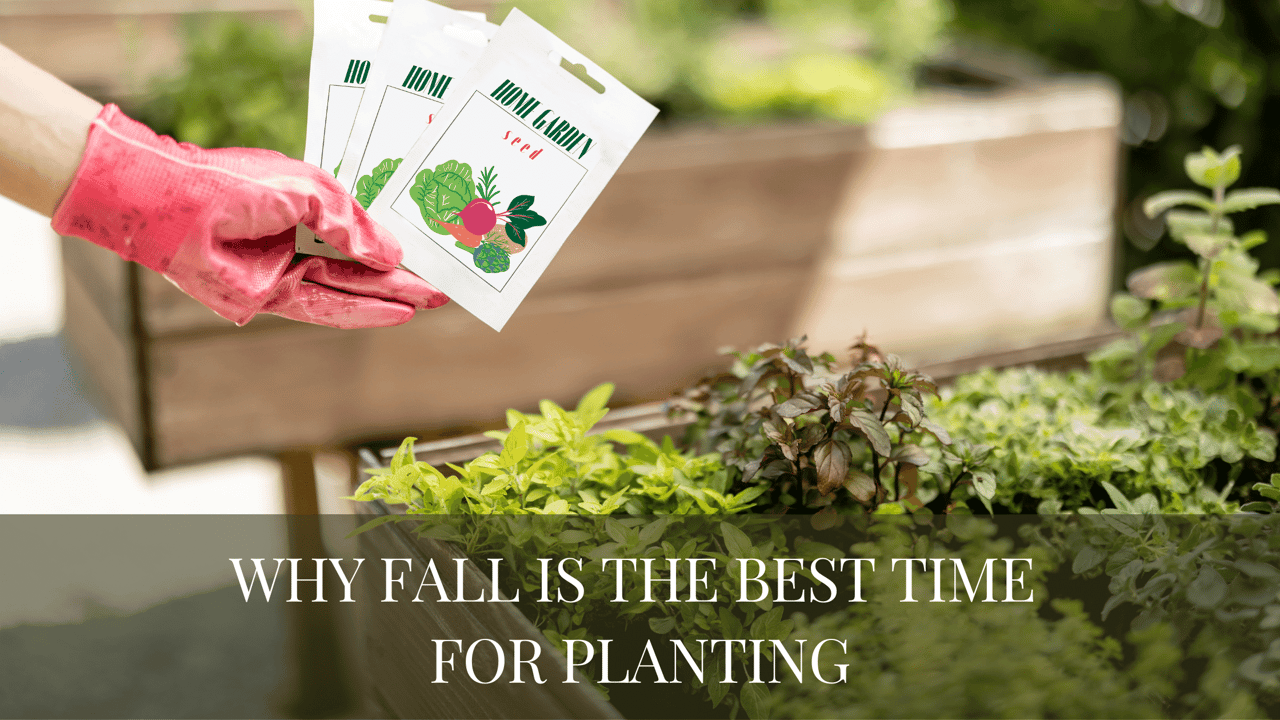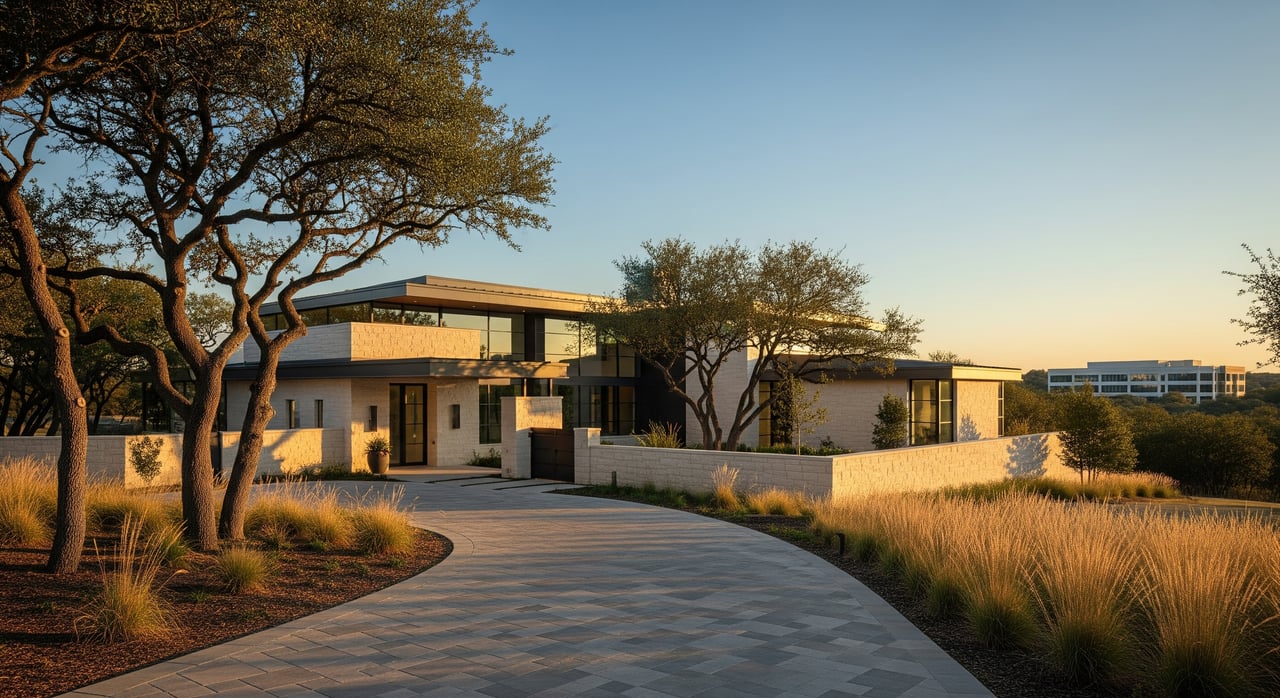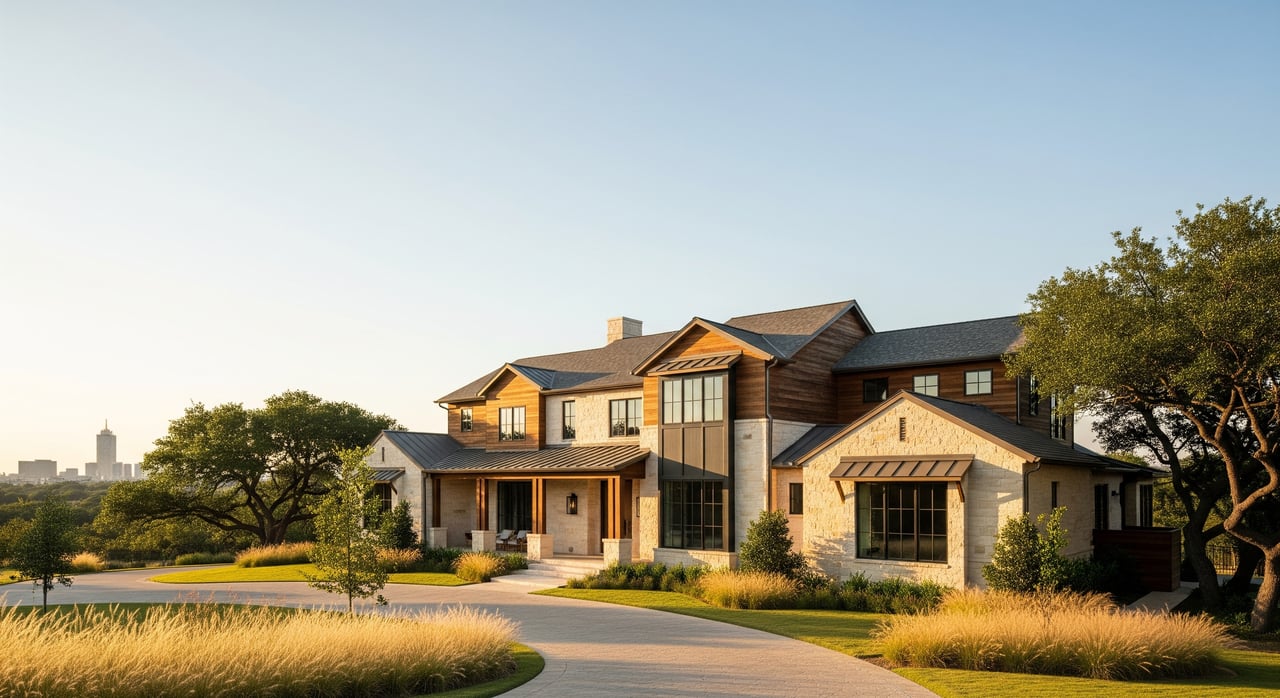Since ancient times, spring has been a symbol of growth and renewal, so it's not surprising that a lot of people think spring is the best time to start a garden, followed by summer. Actually, though, spring and summer aren't the best times for planting; fall is.
That doesn't make sense, you might think. Why plant something just ahead of winter when it won't grow?
That's a fair question, and there are several good answers to it that explain why fall is the best time for planting a garden.
Getting a Head Start
Just because we associate cooler weather and the harvest with fall doesn't mean there isn't a growing season. In most parts of the country, warm temperatures last well into the fall, with the first frost not coming until late October or even later. Planting in the fall provides for a great head start, positioning your plants to be strong and healthy when spring returns and the growing season resumes.
Less Competition from Weeds
While spring is a good time for plants to grow, it's also a prime time for weeds. Planting in the fall, when weeds are gone or well under control, means you'll save time and effort (and money) fighting the weeds that try to take over your grass and your garden. You're also less likely to accidentally cause damage to your garden with herbicides.
Conserving Water
With the high temperatures of summer behind you, you don't have to worry about evaporation as much in the fall. As a result, anything you plant will require less water, so you'll be conserving water and reducing your water bill at the same time. Both you and Mother Nature benefit!
Better Weather for You and Your Plants
Summer is a tough time for most plants. The high temperatures and intense sun can scorch and stress plants, even killing them when conditions get too hot and dry. Parts of the country, such as the south and southwest, can experience very hot springs as well.
Those summer conditions can be rough on people, too, especially when combined with high humidity. It isn't so pleasant to work in conditions like that, and it can be unhealthy as well.
By comparison, fall usually offers a great deal of pleasant weather, making it a great time for plants to grow (as described above) and for people to be outside.
Support for Pollinators
In early spring, birds, bees, butterflies, and other pollinators can have a hard time finding adequate nourishment. Having fall-blooming flowers adds color to your garden and provides critical nectar for pollinators; for some of them, it's what gets them through the winter and the next stage of their life cycle. For the same reason, it's a great idea to have flowers that bloom in early spring.
Spring-Blooming Flowers Need the Winter Cold
Spring-blooming bulbs such as daffodils and tulips actually need to be planted in the fall. This is because biologically, they require a wintering-over in order to produce their colorful blooms in the spring. If you live in a climate with mild or warm winters, don't worry; you can use your refrigerator to get these bulbs the chilling they need.
Fall gardening is a great way to enjoy the crisp weather and see great results. Good luck and have fun!




